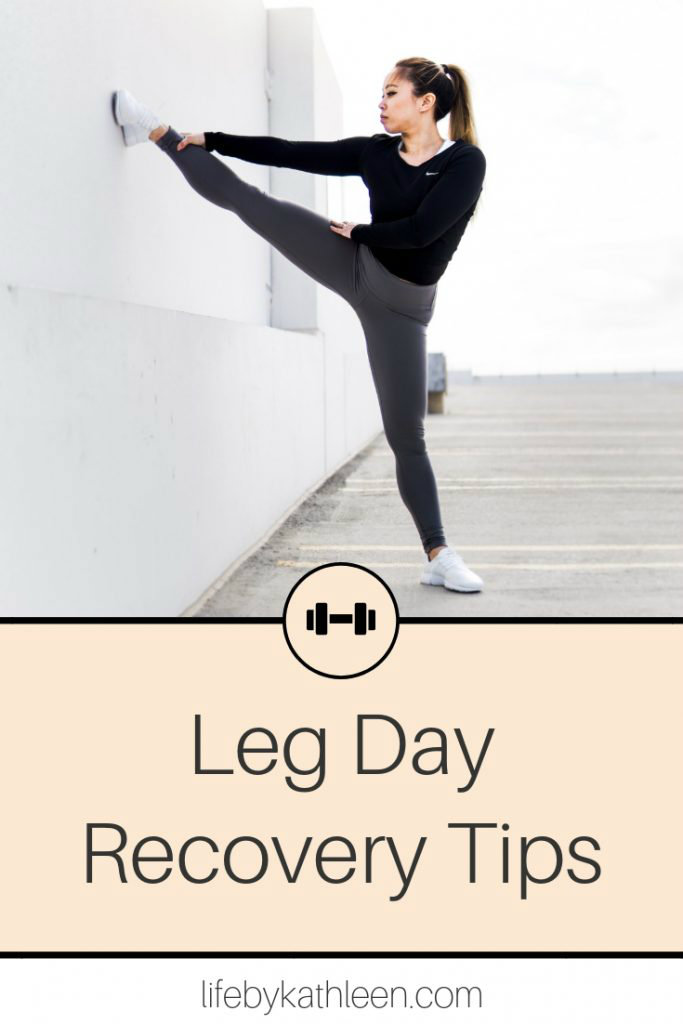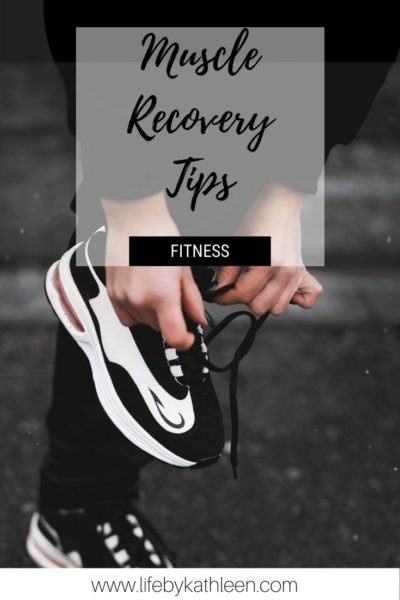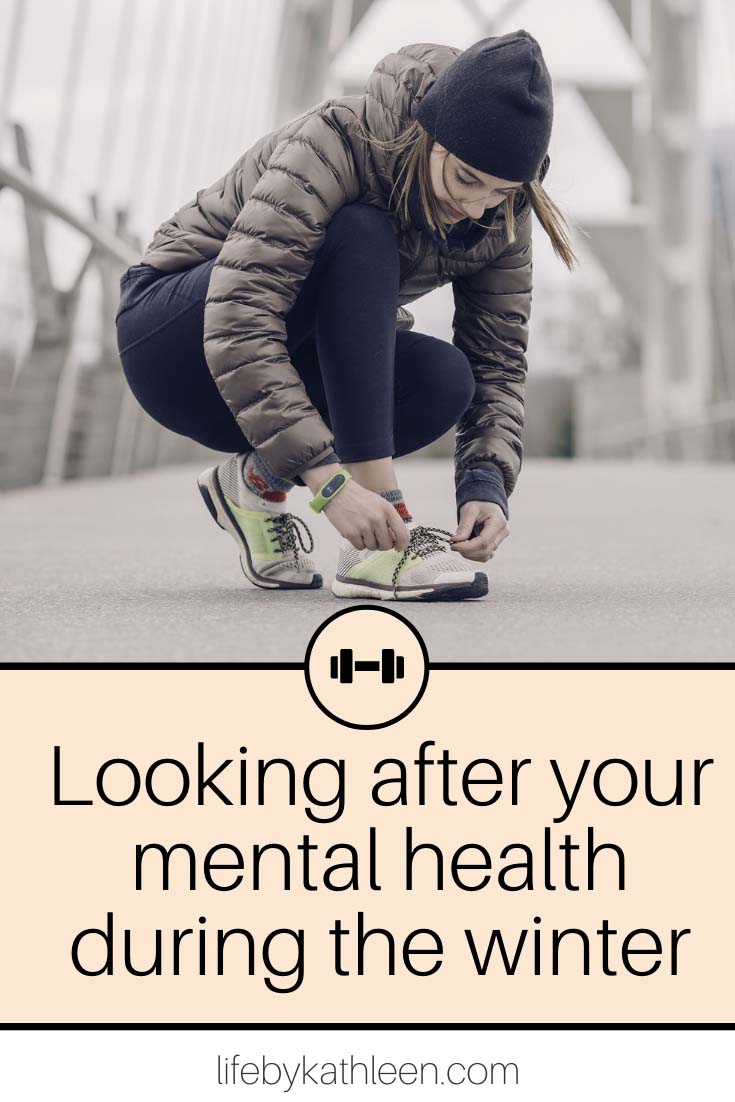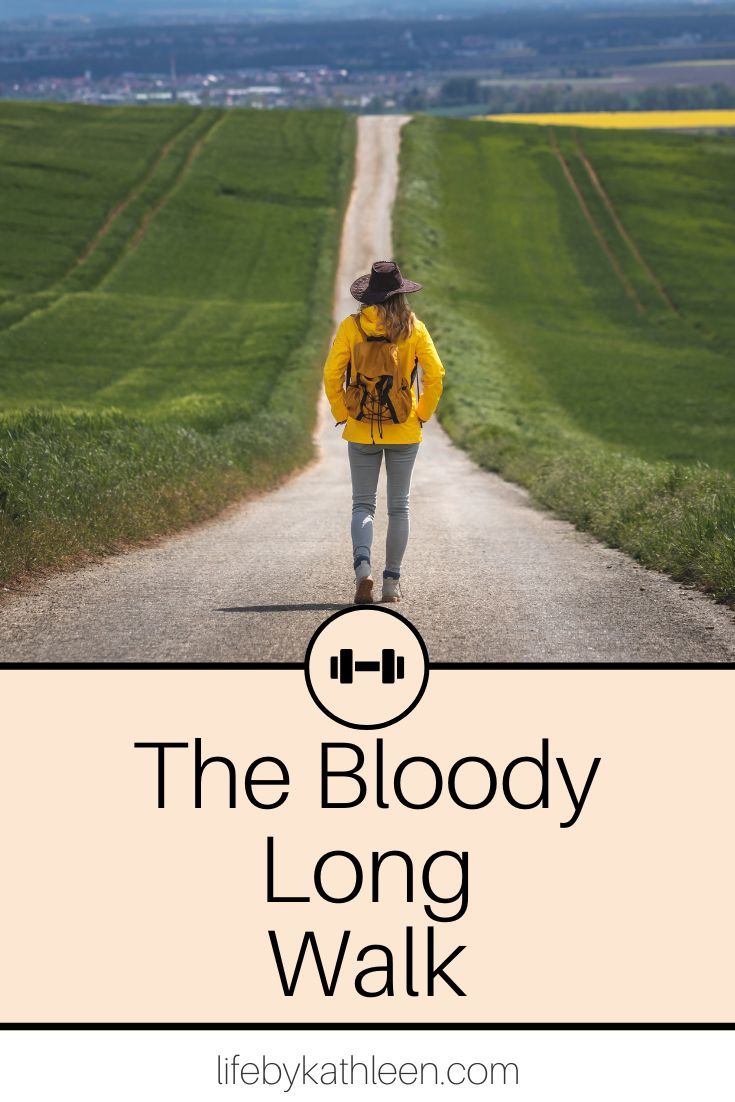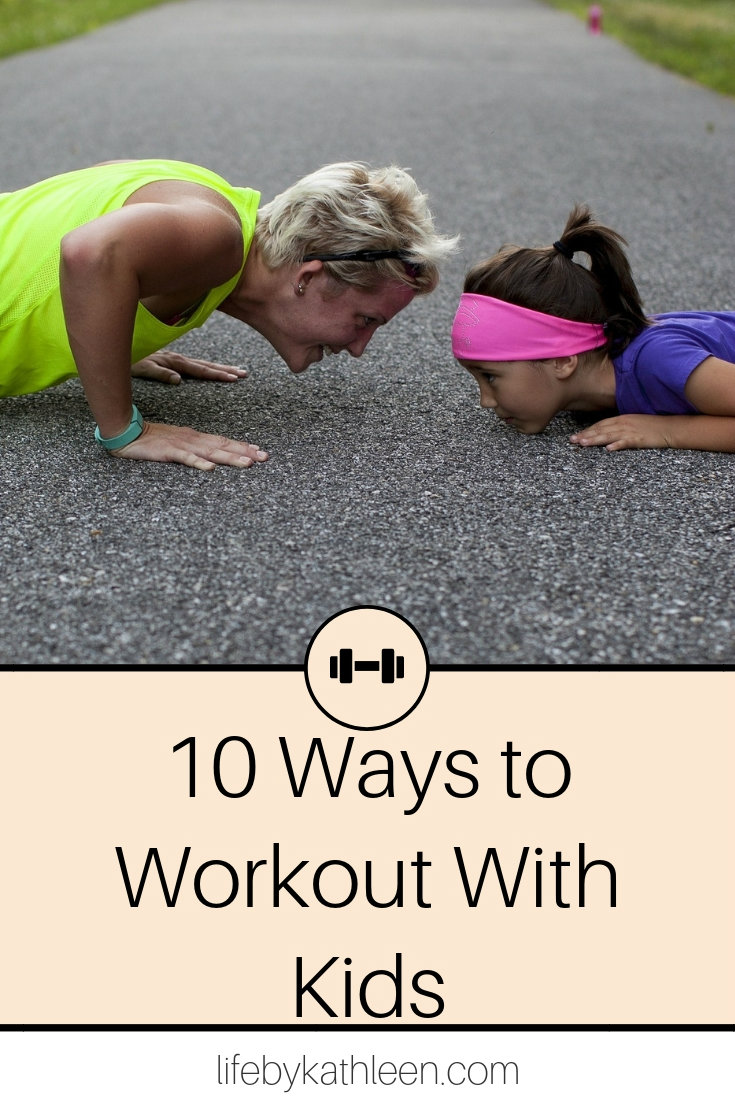Leg day is one of my favourite days when it comes to strength training. And I know that is not the norm! I love feeling sore afterwards like I’ve put in some real effort. But after a while, the soreness can become downright annoying.
Depending on what time I work out, I generally notice some soreness around 20 hours afterwards, which peaks around 24-36 hours afterwards. But there are actually quite a lot of things you can do to aid muscle soreness and the recovery process. Most of the tips below can be used for any kind of delayed onset muscle soreness (DOMS). But these are my top leg-day recovery tips.
Disclaimer: I have no professional qualifications. These are just the things that I find work best for me. Try any or all of them to see what works for you.
Leg Day Recovery Tips
Go for a walk the next day
The best way to get the blood flowing again is to keep moving with a low impact active recovery workout. And walking is a pretty easy option, even when you have sore legs.
I like to take my dog, Harley, for a walk in the morning on the following day after a leg training session. Then, depending on how sore I am over the following days, I will go for more walks on consecutive days.
Casein
A slow-release protein like casein can help muscle repair and growth. Since it’s slow to digest, it provides a steady supply of amino acids to the muscles over an extended period of time. This makes it a great choice to help muscle growth overnight. As a personal rule, I generally only have casein before bed after weight training my legs.
Protein
On top of casein, protein, either from protein powder or a healthy diet will also help your muscles repair themselves. My protein mug cake is the perfect breakfast to have the next day or try some protein pancakes instead!
Compression pants
Compression garments (pants) are designed to apply graduated pressure to the muscles, which can help to increase blood flow and oxygen to the muscles. They also help to improve circulation and reduce the risk of blood clots.
I started using compression pants a few years ago to recover from sore muscles after boot camp. The pair that I use now is actually for recovery and are quite a snug fit. I only wear them overnight (for a good night’s sleep) and occasionally around the house.
Massage
Massage can help to break up adhesions, or knots, in your muscles, which can lead to improved flexibility, range of motion, and reduced pain. It can also help to activate the muscles, which can improve muscle performance and help prevent muscle imbalances.
I find self-massage works really well. As you can go as soft or firm as you need, adjusting as you go. I like to use the heel of my palm really getting into the muscles and kneading the soreness away.
And if you have one, a spiky massage ball is absolute bliss on tender muscles! And a tennis ball can be just as effective.
Foam Rolling
Foam rolling is a type of self-massage that involves using a foam roller to apply pressure to specific muscles in the body. It is often used as a way to reduce muscle soreness and improve muscle recovery after intense physical activity. The theory behind foam rolling is that it can help to break up adhesions, or knots, in the muscles, which can lead to improved flexibility, range of motion, and reduced pain.
Foam rolling can help to improve blood flow to the muscles, which can aid in the removal of waste products, like lactic acid, and the delivery of oxygen and nutrients to the muscles. This can help to speed up muscle recovery and reduce the risk of injury. Additionally, foam rolling can also help to activate the muscles, which can help to improve muscle performance, and help to prevent muscle imbalances.
Take the stairs
Just like walking, taking the stairs is an active recovery move. If you have the option, take the stairs whenever possible. It can be quite a struggle and sometimes painful, but getting those legs moving certainly helps.
Warm-up properly
With the legs being one of the largest muscle groups, it’s important to make sure that you warm up properly. A short cardio session that focuses on the leg muscles is ideal.
I always did my warm-up and cool down for legs on the treadmill. I have since switched to using a bike because I find it uses more muscles than just walking. But I also generally do about five minutes on the treadmill or bike before any workout.
Cool Down
Just like warming up, cooling down is essential. Balance it out with further light cardio, either on the treadmill, stationary bike or elliptical. Then follow with some stretches.
The bonus of adding a cooldown at the end of your training program is that it provides a mental shift. Helping you bring your heart rate down and prepare you to go about the rest of your day.
Stretching
Stretching can be an important part of your cool-down and recovery process.
I like to stretch my legs as soon as I finish my workout before I even get in the car to go home. I like to do stretches for my quadriceps, hamstrings, calves and hip flexors.
Ice Baths
Now, ice baths are not for the faint-hearted. And often takes quite a bit of willpower to get in and stay in for long enough to reap the rewards.
The theory behind ice baths is that the cold temperature causes the constriction of blood vessels in the muscles. Which can help to reduce inflammation and swelling. This can lead to less muscle soreness and a faster recovery time. Additionally, cold temperatures can also reduce muscle spasms, which can occur after an intense workout.
Take rest days
Rest days are an important part of any workout routine because they allow the body to recover and adapt to the stress of exercise. Without sufficient rest, your body may not be able to fully repair damaged muscle tissue, which can lead to injury, fatigue, and decreased performance.
They are also important for allowing the body to recover from the stress of exercise, not only physically but also mentally. It allows the body to replenish energy stores, repair muscle tissue, and reduce inflammation, all of which are necessary for optimal performance and recovery.
Change up your routine
Rather than doing leg day, incorporate 2-3 leg exercises in each workout. I used to do upper body one day then lower body another day. Now I do half of the upper body and half of the low body one day, then do the remaining exercises for the upper and lower body another day.
RELATED: Unusual Effects of Going to the Gym
Whatever your fitness goals are, delayed-onset muscle soreness is likely to occur. So use these tips to speed up the healing process and keep you moving.

